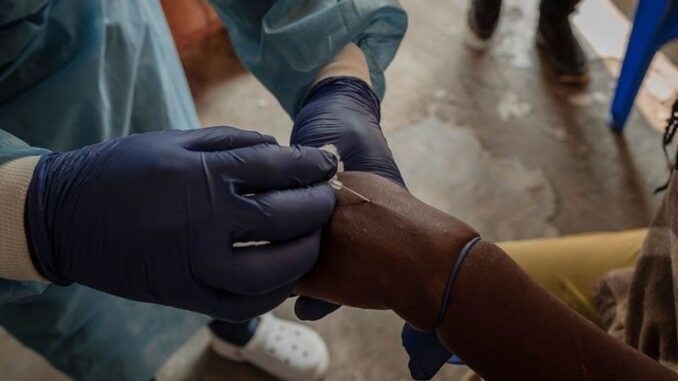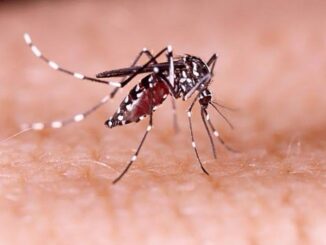
MANILA, Philippines — The Department of Health has released its updated guidelines for the prevention and management of mpox (formerly monkeypox) after detecting several new cases of the mild variant in the country in recent weeks.
Health Secretary Ted Herbosa on Thursday, August 29, called the guidelines “scientific and agile” and said these were crafted by Filipino experts “for Filipino communities, fully aligned with the international response.”
Prevention. According to the guidelines, the public can prevent the spread of mpox by taking the following precautions:
- Avoid close contact with individuals who have confirmed or suspected mpox. This includes sexual contact, kissing, hugging, and cuddling.
- If providing care to an infected person, wear appropriate personal protective equipment (PPE).
- Observe frequent and proper hand hygiene with alcohol-based hand rub or hand-washing whenever hands are soiled or contaminated.
- Avoid contact with animals that could be carrying mpox, especially sick or deceased animals in areas where the disease is present. Signs of mpox in animals include rash, fever, lethargy and loss of appetite.
The DOH also recommends that household members and persons caring for suspected, probable and confirmed cases of mpox to practice proper hand hygiene and cleaning practices. This includes cleaning and disinfecting contaminated surfaces with standard household cleaners, not sharing common dishes or utensils, handling laundry from infected individuals separately and wearing gloves and a mask when handling soiled laundry.
For travelers. All inbound and outbound travelers must also be aware of the risk and prevalence of mpox in the destination country and follow health protocols issued by local authorities, airlines, and port management.
Travelers are also reminded to accurately fill out health declaration forms and seek medical attention upon noticing signs and symptoms of mpox.
Isolation and quarantine
The DOH set the following guidelines for the isolation and quarantine of suspected mpox cases.
- Close contacts shall be monitored or should self-monitor daily for the onset of signs of symptoms for a period of 21 days from the last contract with the suspect, probable or confiremd case or their contamined materials. In the meantime, they must regularly practice hand hygiene, avoid contact with immunocompromised persons and children.
- Those who show no signs or symptoms and adequately monitor their status “can continue their routine daily activities such as going to work or attending school,” the DOH said.
The DOH said the following individuals must continue to isolate “until they are determined to no longer constitute a public health risk for others:”
- any individual with signs and symptoms compatible with mpox infection
- anyone being considered as a suspect, probable or confirmed case of mpox
For persons who are suspect, probable, or confirmed mpox cases with mild, uncomplicated disease and not at high risk for complications, the DOH said that they can isolate at home for the duration of the infectious period. This time period covers 21 days from onset of symptoms until lesions have healed and scabs fall off, whichever is longer.
The DOH said the decision to isolate and monitor a patient at home should be made on a case-by-case basis.
Isolation for patients will end until all symptoms are resolved.
“In an event where the patient needs to be or transit outside of the designated isolation area, the patient with mpox shall wear a well-fitting medical mask and cover lesions when in close proximity to others,” the DOH added.





Be the first to comment